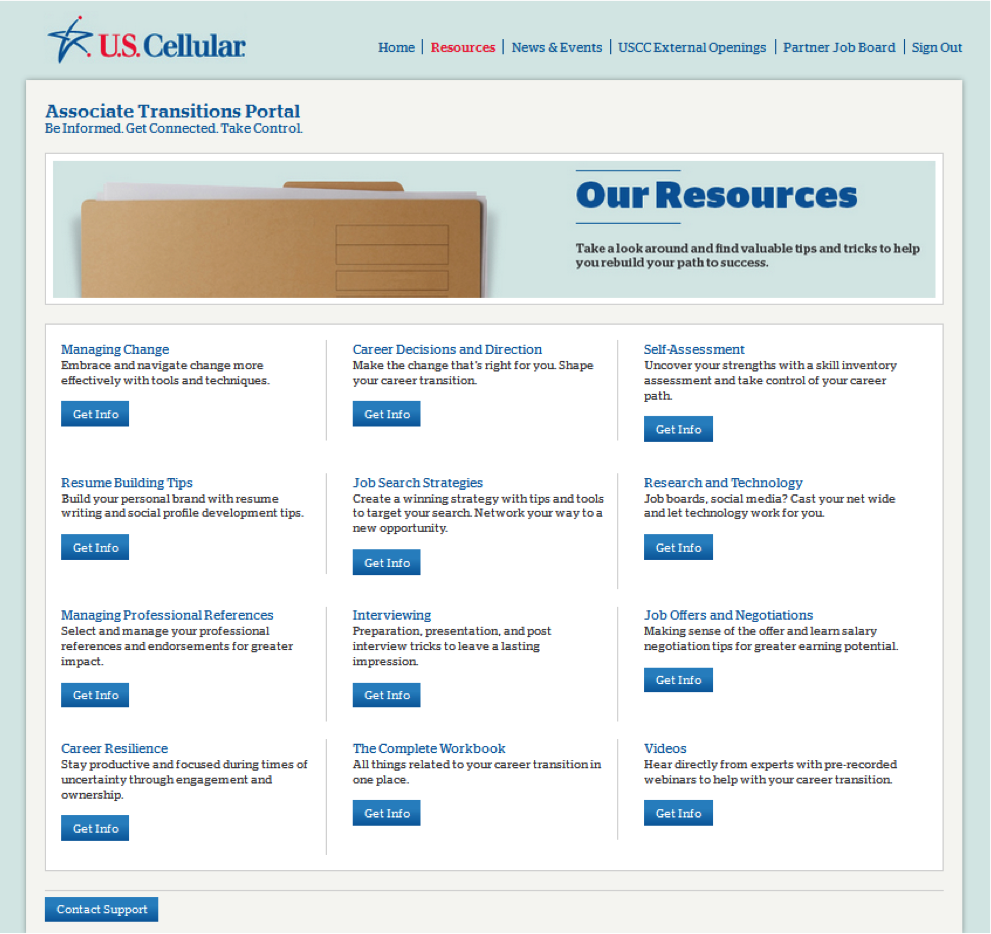A few days ago, we found a rather interesting article about ineffective hiring strategies hurting some companies in Minnesota.
Specifically, these growing businesses needed IT workers, but simply couldn’t fill their demand. What struck us as interesting, was how they blamed themselves.
Slow to hire, slow to adapt
The Minneapolis Star-Tribune article highlighted a growing issue in technology. Many businesses just don’t know how to hire employes in an industry that’s always a step ahead.
Most of these businesses work in industries that never required such technologically-savvy employees, like manufacturing and banking. However, the trend towards computerized everything has exposed a weakness in the recruiting habits of classical businesses. As the article pointed out:
The transition has exposed the much-discussed high-tech skills gap within pockets of the U.S. workforce, but it also has shown that firms are slow to learn how to hire and manage the tech workers they need. Not only are these companies new to technology, the technology is constantly changing.”
More than a third of Minnesota’s open tech positions are considered “difficult to fill.” One could blame:
- Inadequate pay;
- Bad company reputations;
- An underprepared workforce.
However, the disconnect could also be due to companies setting up hiring strategies around illusively “perfect hires” Even worse, they could be using poorly prepared job descriptions.
Flexibility is the key
IT consultants claim that these types of expectations are the root of the recruiting problem. Businesses write unrealistic job descriptions, and then no applicant could satisfy them. Instead of looking for people who can quickly learn specific systems, which are unique to each company, companies search for the ideal candidate who completely understands the system already.
We’ve talked about this problem before. Heck, we wrote an entire eBook on recruiting tech talent and called it: H2H Guide: How To Steal A Software Engineer. We made it free because we know how much hiring demands of those in charge of it. It’s something we’re passionate about.
In short, writing a good job description can make the difference between new employees and new headaches!
Companies will have to adapt if they want to compete. The same Star-Tribune article highlights the Dakota Electric Association and their increasingly tech-centric journey over the last 15 years. Instead of recruiting the “perfect hire,” they hire individuals who can learn new systems quickly and efficiently.
If you’re having trouble with particular jobs in your organization, you may want to take a more holistic view. Understand the capabilities of your company instead of picking apart each position for skill sets.
What you should focus on
Then, ask yourself a few basic questions:
- Will it be more cost and time effective to train the new employee, rather than hire for specific skills?
- Is this a system that can be learned?
- Can we teach this new employee?
You may be surprised with the result. You may even feel relieved once you realize that your company is far more prepared to onboard and train a new hire, rather than spend extra time and money searching for him or her.
It all comes down to what’s best for your company.
This article originally appeared on The Resumator Blog.
